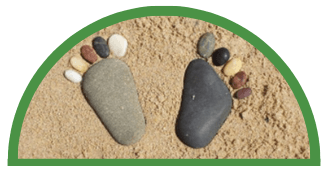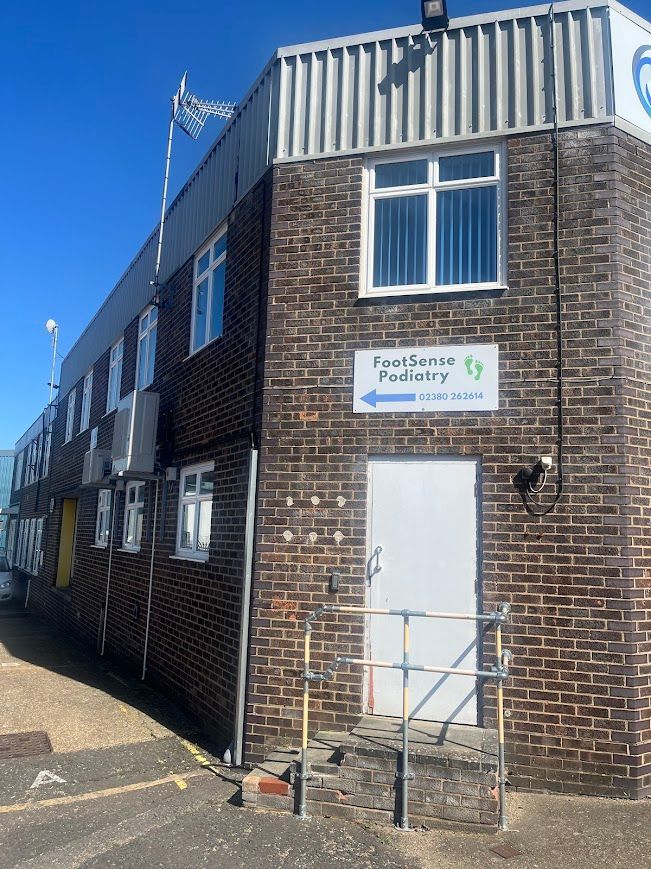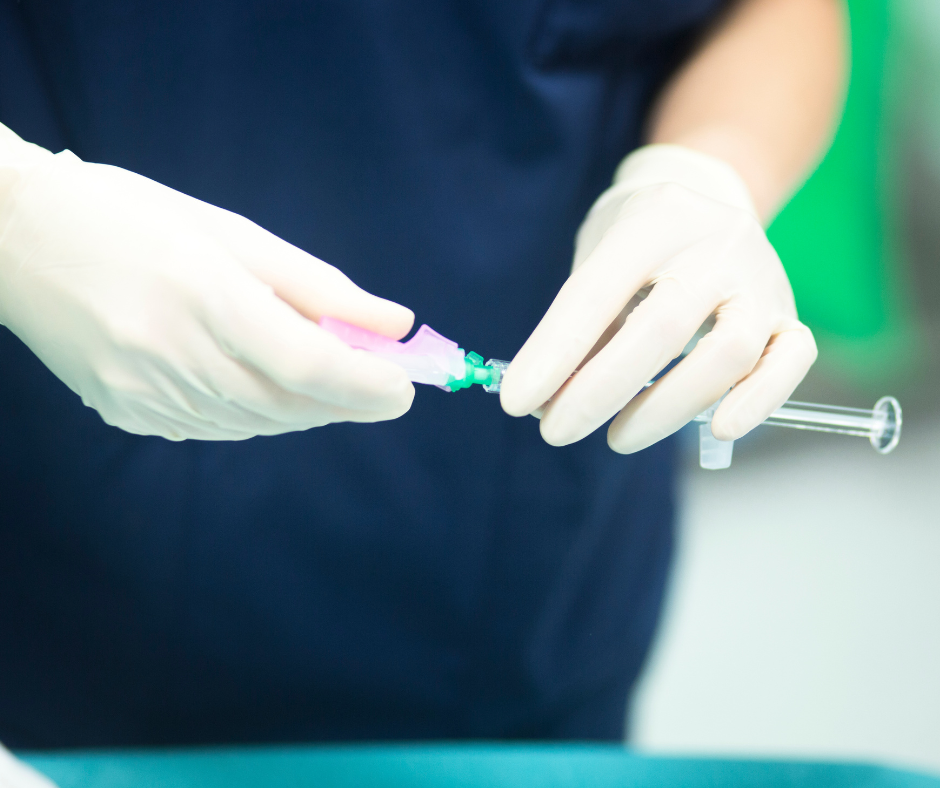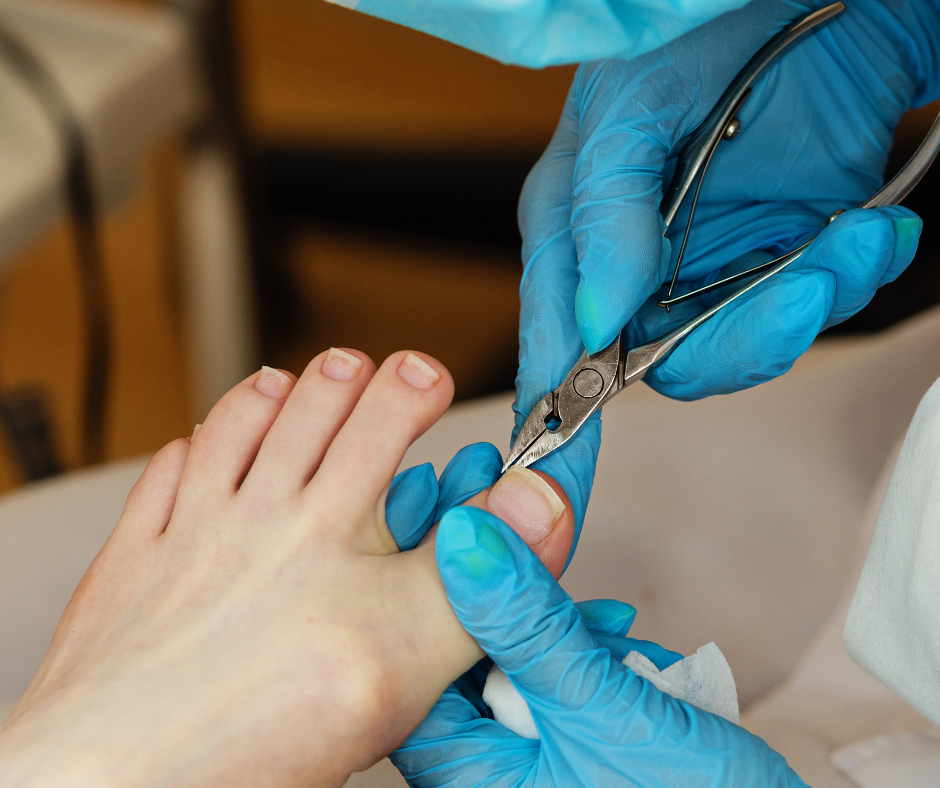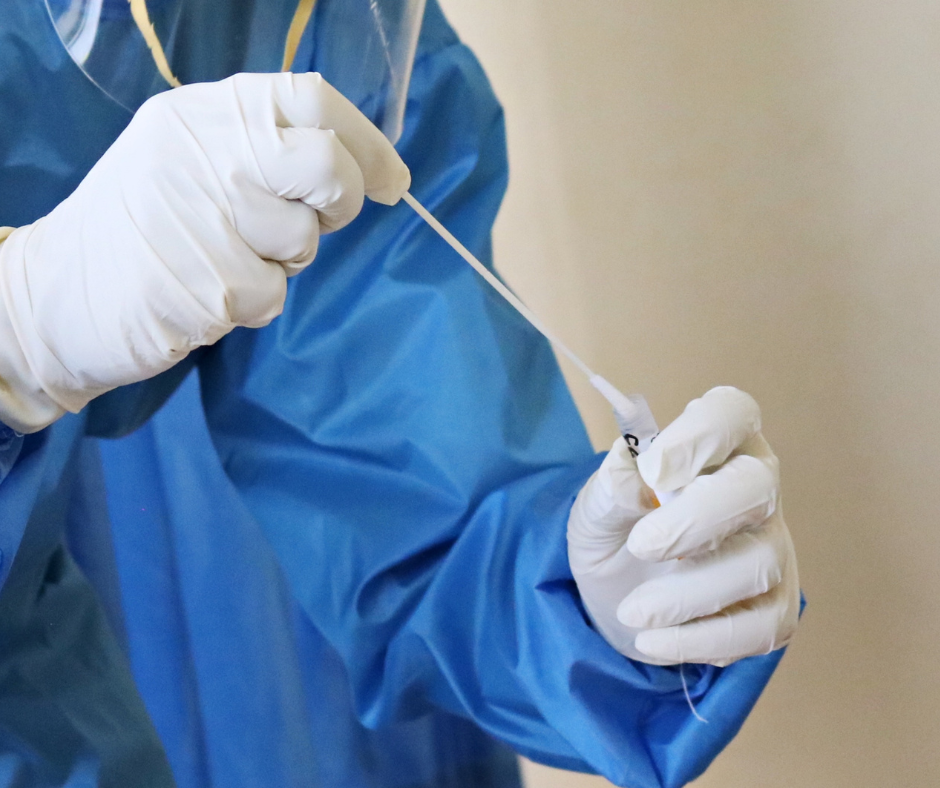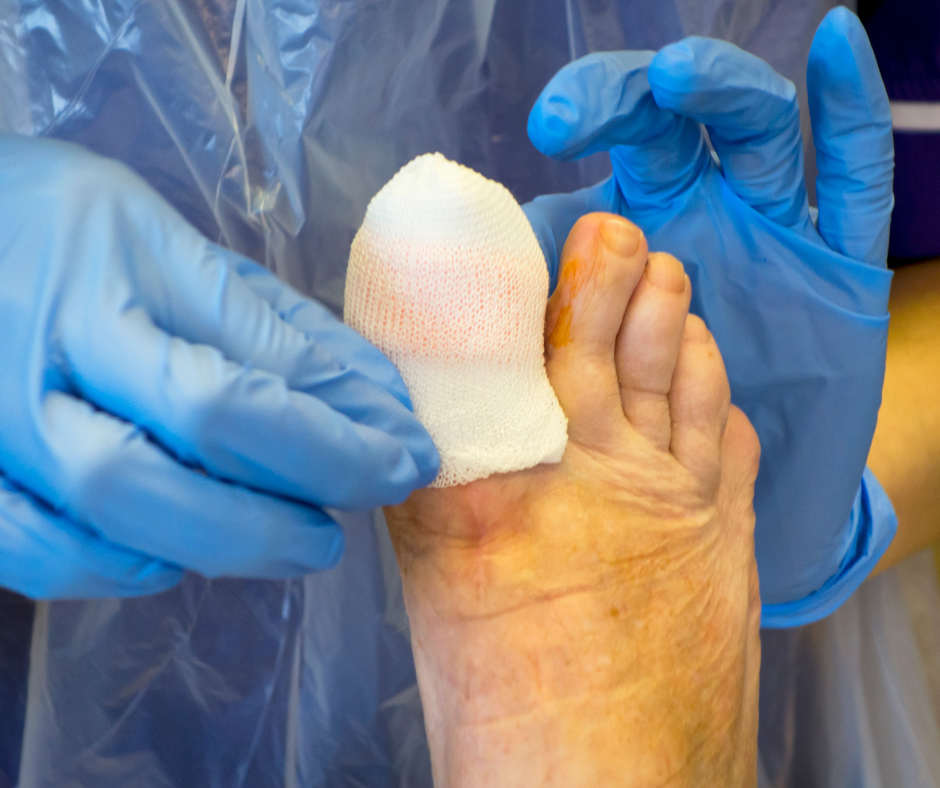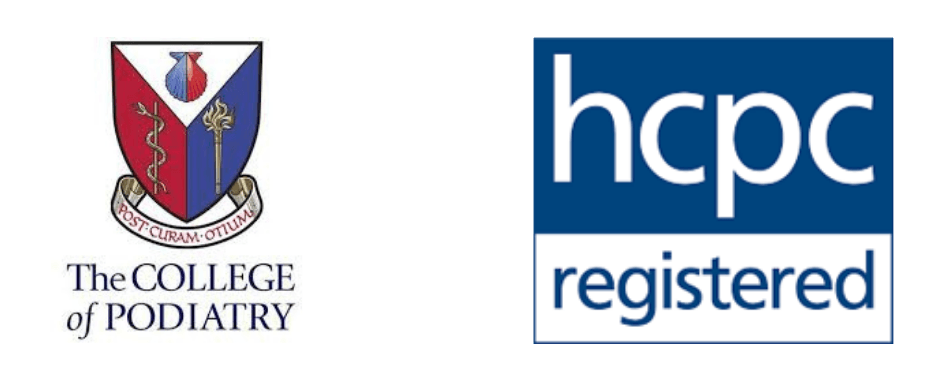Your Guide to Nail Surgery
What to expect on the day
When you arrive for your surgery you'll be taken in to your usual clinic room. Your podiatrist, either Wendy or Donyah, will be administering the anaesthetic and performing the surgery itself.
The surgery assistant will also be in the room, usually either Sal (receptionist) or Tamsin (Practice Manager), both of whom have experience assisting surgeries.
They will be on hand to take any notes, time the phenolisation (if opted for) and to make sure you have everything you need during the appointment.
You will be asked to sign a consent form, if you are under 16 your parent/guardian will also need to sign it.
Please ensure your feet are clean and remove all traces of nail varnish on your toes.
Bring open toed shoes or sandals with you to allow room for the dressing which will be bulky.
It will be necessary to arrange a lift home following your surgery as it is not advisable to drive for the rest of the day as the pressure may cause bleeding through the dressing. Driving after a local anaesthetic in your toe may invalidate your insurance, if you do wish to drive, please first check with your insurance company that you will be covered.
Nail surgery is a minor procedure done under local anaesthetic.
If on the day your toe presents with redness/infection and has spread down your toe. It may not be possible to administer the local anaesthetic.
Remember to inform your podiatrist if there are any changes to your medical history since booking the appointment, if you are pregnant or breastfeeding.
There is a limit on the amount you can have in a 24 hour period. If you require emergency treatment in the 24 hours following the surgery, inform the whoever is treating you that you've had anaesthetic. Please inform your podiatrist if you have had local anaesthetic with in 24 hours prior to nail procedure.
The Anaesthetic
Your podiatrist will inject local anaesthetic at the sides of the toe being operated on. Occasionally. more anaesthetic will need to be added if the first dose doesn't numb the toe completely. This is completely normal and the maximum dose will be caculated based on your body weight. Adreneline is also prepared in the rare case you have an allegeric reaction to the anaesthetic.
If needed, you'll be tilted back in the chair so you don't need to look!
The Nail Removal
Once the anaesthetic has activated and the whole toe is numb, your podiatrist will apply a torniquet to stop excess bleeding.
They will then remove the problematic piece (or whole) nail using sterile instruments specially designed for the task.
The Phenolisation
If you opt to have phenol, the podiatrist will apply it to the area of nail removed for 3 x 1 minute each. This is timed by the assistant of the surgery.
The most recent research suggests using phenol for nail surgery reduces the risk of the nail growing back to between <2% and 5%.
The Dressing
After the nail has been removed and the area phenolised, the torniquet is removed and it's ready for dressing.
Several layers of sterile dressings will be applied and your toe will end up looking like something out of a Beano! You'll need to keep this on until your first follow up appointment.
THE BENEFITS
The primary benefit in having nail surgery is to prevent the toenail ingrowing in the future. Other treatments such as regular management of the nail can be effective in relieving pain, but cannot change the way the nail grows.
With the combination of nail surgery (partial or full removal of the nail) and phenolisation, there is success rate of 95-98.5%. This very low risk of regrowth is a great benefit as it can prevent any pain or infection caused by an ingrowing nail in the future.
Nail surgery without the application of phenol can also be effective, but the chance of the nail ingrowing in the future is higher.
The Potential risks
As with any operation and use of local anaesthetic, there are associated risks. The risks from nail surgery is low. They can include:
- The nail may grow back in the same way
- The toe may bleed through the dressing after surgery
- You may get some pain once the anaesthetic wears off
- You may develop an infection if the would is not kept clean as per your podiatrist's instructions
Rare side effects include:
- a small shard of nail can regrow along the edge of the toenail. This is rarely a problem.
- the entire nail will shed and a new one will grow in its place.
- The nail may regrow and cause a further ingrowing toenail.
- Complex Regional Pain Syndrome in the area of the surgery. This is extremely rare.
Your podiatrist will discuss any concerns with you before the surgery proceeds.
FAQs
Some of our commonly asked questions before nail surgery! If there's something else you'd like to ask, don't hesitate to contact us!
Can I eat and drink before my surgery?
You can! There's no need to fast before nail surgery. We'd recommend you eat something beforehand to prevent a drop in blood sugars and feeling woozy!
When can I get back to normal activity?
You'll need to have your foot elevated between your surgery and your first redressing. Your podiatrist will advise when you'll be able to resume activity following this.
If you have a job where you do a lot of activity, you'll most likely be recommended to take the first week off to prevent damage to the nailbed.
What if I don't want surgery just yet?
If you're too busy to have the time to rest after surgery now, then we can book you in for when things are settled!
Even if you just need a little more time to think about it, our podiatrists will do their best to keep you comfortable.
What if I have a problem after surgery?
One of our podiatrists will be contactable by phone between 8am and 10pm between your surgery and the first redressing if you have any urgent concerns. If its outside these hours, we recommend you call 111.
